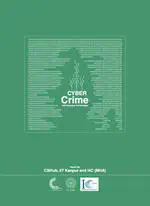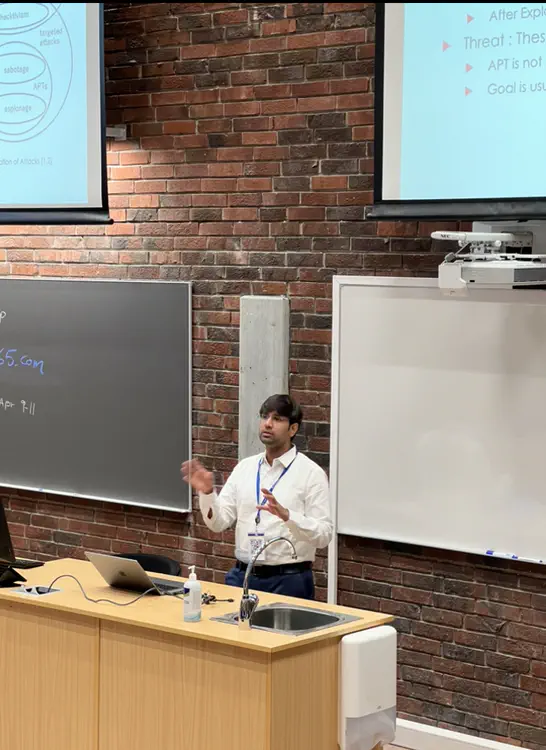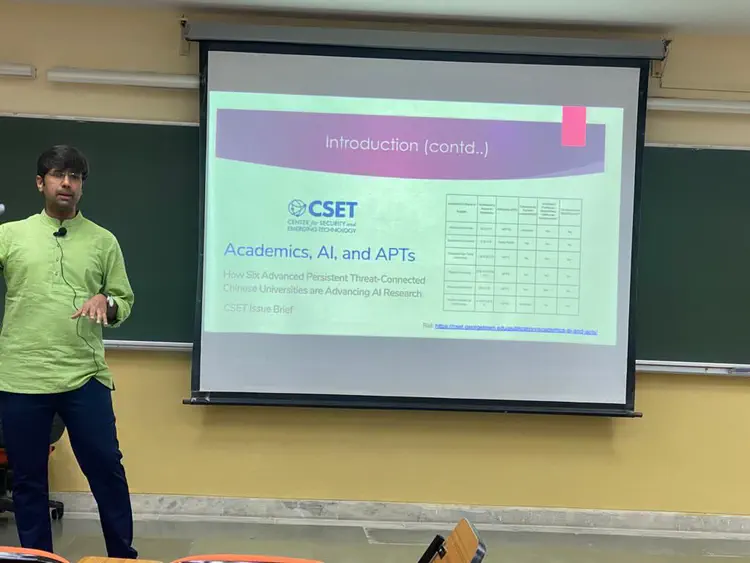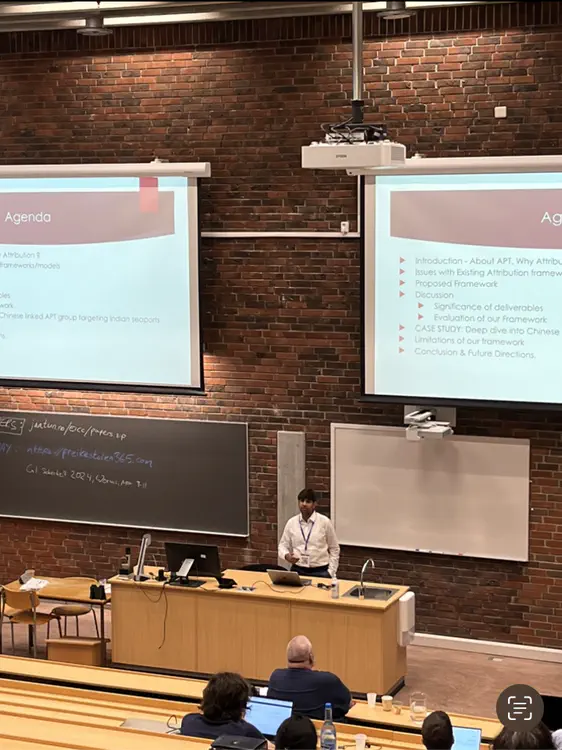VENKATA SAI CHARAN PUTREVU
Prime Ministers Research Fellow | C3i Research Fellow | Cyber Security Researcher and Technology Enthusiast, currently pursuing Ph.D. in CSE @ Indian Institute of Technology Kanpur (IITK)
Indian Institute of Technology Kanpur
Biography
Venkata Sai Charan Putrevu is a Postdoctoral Scholar in the Department of Electrical and Computer Engineering at New York University , hosted by Prof. Ramesh Karri . He completed his Ph.D. in the Department of Computer Science and Engineering at IIT Kanpur, under the supervision of Prof. Sandeep Kumar Shukla. His research intersects Computer Security, Malware Analysis, and Software Engineering, with a specific emphasis on addressing contemporary cybersecurity challenges, including Advanced Persistent Threats (APTs) and their attribution, along with the early detection of Crypto Ransomware.
Before joining IIT Kanpur, he completed his Master’s in Cybersecurity from TIFAC-CORE in Cybersecurity at Amrita Vishwa Vidyapeetham. Additionally, he gained industry experience as a Software Engineer at Cisco Systems (Bangalore) and worked as a research intern at Dell (RSA).
- Cyber Security
- Computer System Security
- Malware Analysis
- Advanced Persistent Threat
- Ransomware
- Threat Intelligence
-
Ph.D. in Computer Science and Engineering, 2019 - 2024
Indian Institute of Technology, Kanpur (CGPA - 9.0 / 10.0)
-
M.Tech in Cyber Security, 2017 - 2019
TIFAC-CORE in Cyber Security, Amrita Vishwa Vidyapeetham (CGPA - 8.3 / 10.0)
-
B.Tech in Computer Science and Engineering, 2012 - 2016
Acharya Nagarjuna University (CGPA - 8.9 / 10.0)
-
Higher Secondary School Certificate, 2010 - 2012
State Board of Intermediate Education (CGPA - 9.3 / 10.0)
-
Secondary School Certificate (Standard X), 2010
State Board of Secondary Education (CGPA - 9.16 / 10.0)
Experience
- PMRF Tutor for NPTEL Course : Problem Solving Through Programming In C (Aug 2022 - Oct 2022)
- PMRF Online Course : Advanced Persistent Threats-Attribution & Detection (2021)
- CS987 (e-Masters) : Advanced Critical Infrastructure Security (Sep 2023- Dec 2023)
- ESC 111/2 : Fundamentals of Computing - I/II (Mar 2023 - July 2023)
- CS 658: Malware Analysis and Intrusion Detection (Jan 2022 - May 2022)
- CS 631: Cyber Security Of Critical Infrastructures ( Aug 2021- Dec 2021)
- CS 628: Computer System Security (Jan 2021-June 2021)
- CS 455: Software Engineering (Jan 2020-June 2020)
- Computers and Security Journal
- CSCML-2023 : The International Symposium on Cyber Security, Cryptology and Machine Learning (CSCML)
- ACM SAC 2023: The ACM/SIGAPP Symposium On Applied Computing
Patents
Featured Publications
Publications
Projects
Recent Talks
European Interdisciplinary Cyber Security Conference, Stavanger, Norway.
June 15, 2023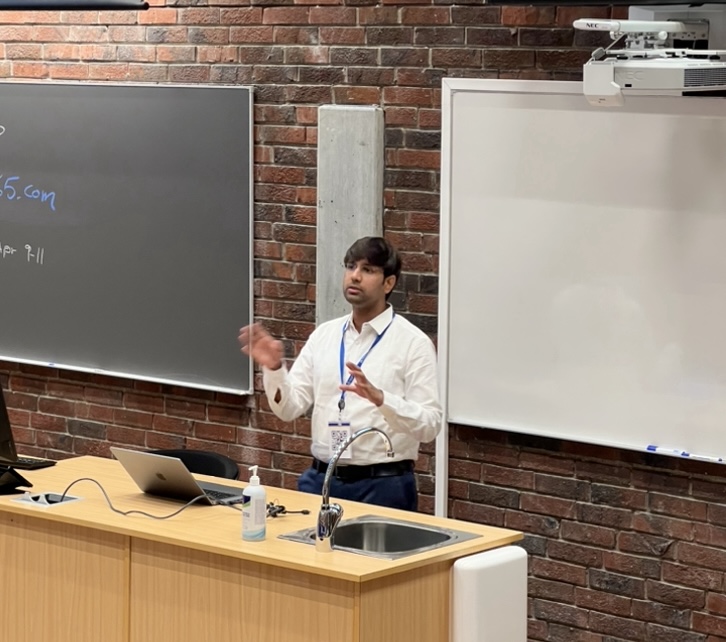
C3i Hub Knowledge Sharing Session
April 28, 2023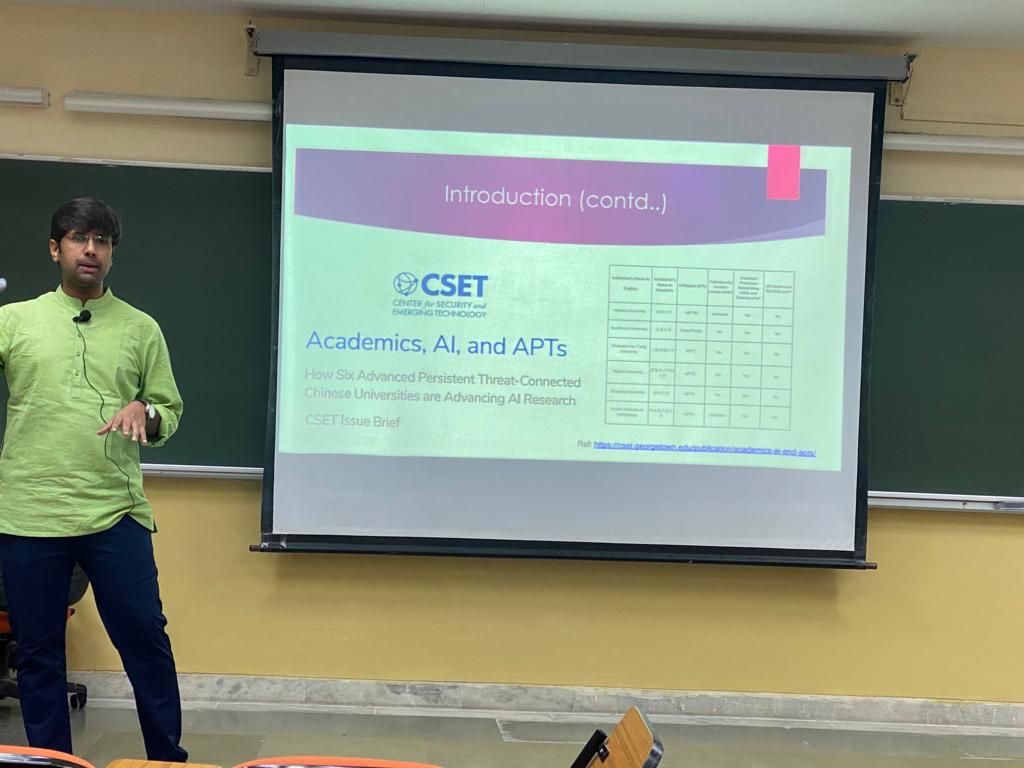
Center for Cyber Security Systems and Networks, Amrita Vishwa Vidyapeetham, Amritapuri
March 4, 2023
ATAL Faculty Development Program by AICTE @ Amrita Vishwa Vidyapeetham, Coimbatore
February 27, 2023
IIT(ISM)-Dhanbad on the occasion of Cyber Jagruktha Diwas
November 6, 2021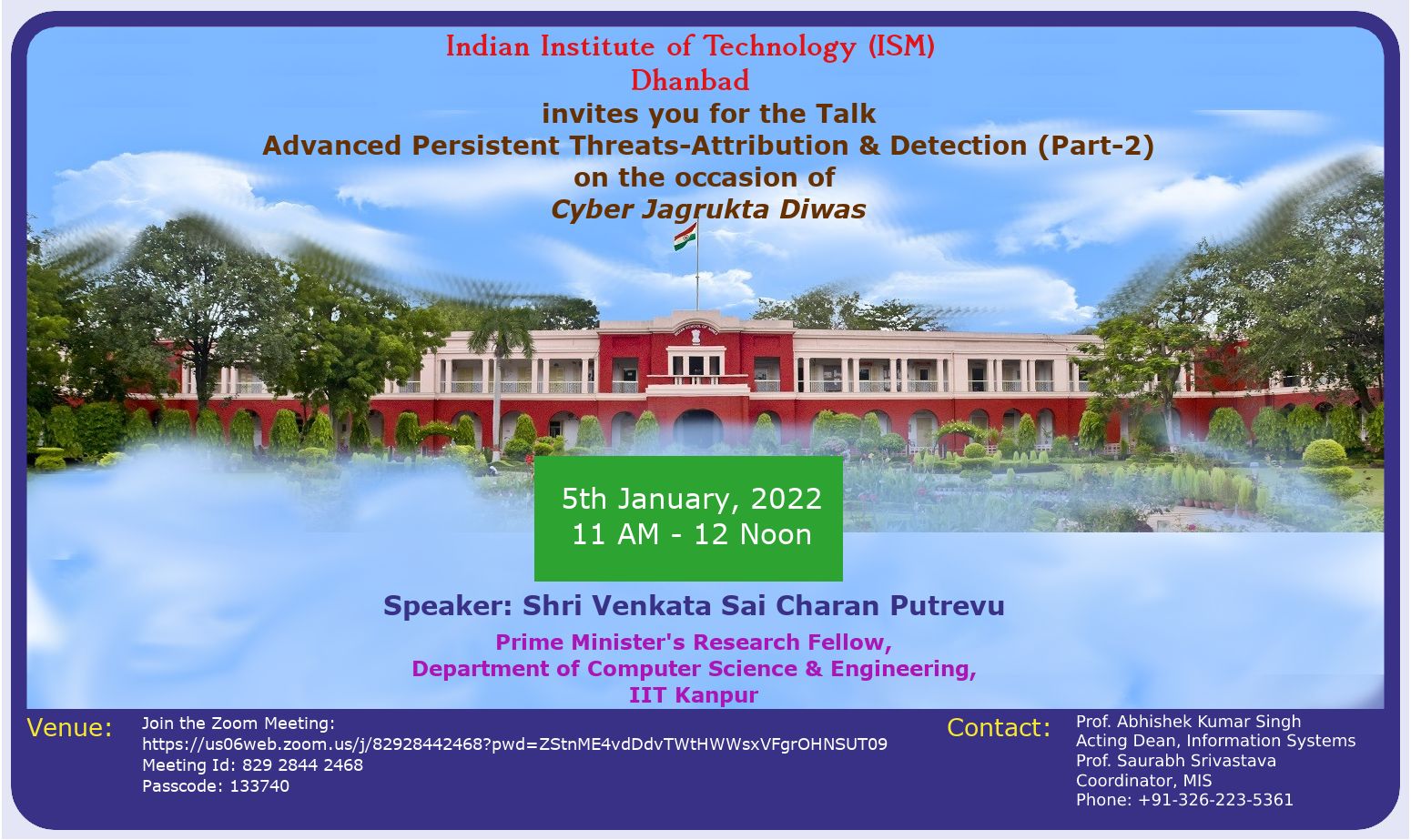
IIT(ISM)-Dhanbad on the occasion of Cyber Jagrukta Diwas
January 7, 2022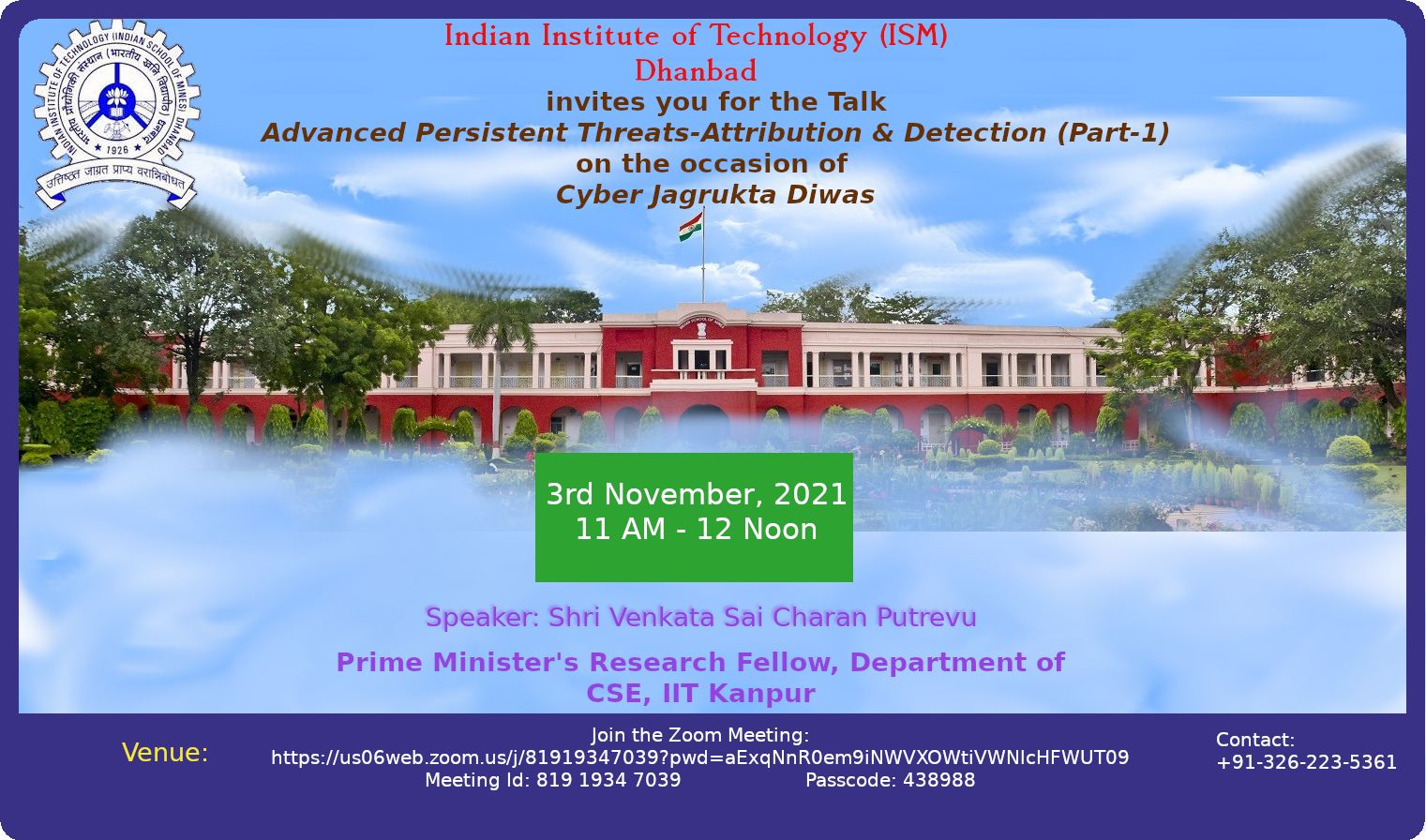
Indian Port Association (IPA, which works under the supervisory control of Ministry of Ports, Shipping and Waterways) on the occasion of Cyber Jagurukta Diwas organized by C3i Hub
April 5, 2023
Accomplishments
Contact
For further queries please contact me over an email
- pvcharan@iitk.ac.in, pvcharan@cse.iitk.ac.in, pvsaicharan2011@gmail.com
- Kanpur, Indian Institute of Technology, Kanpur, UP 208016
- C3i Center Floor 1

